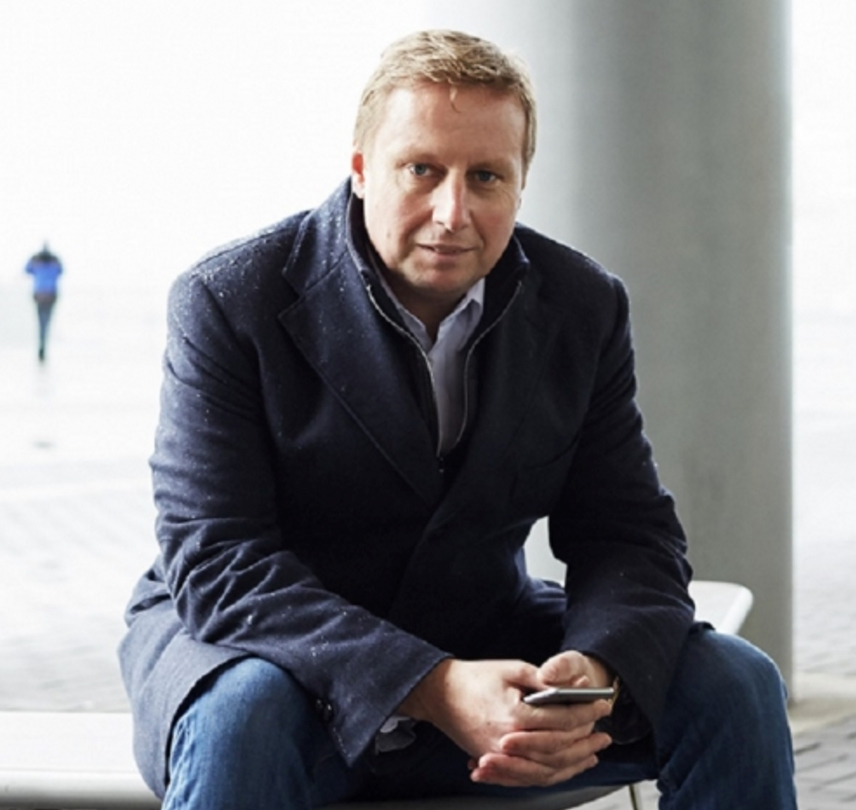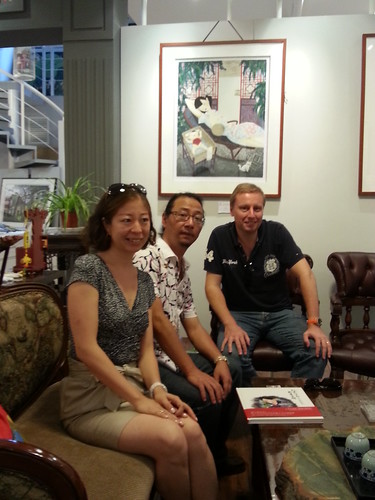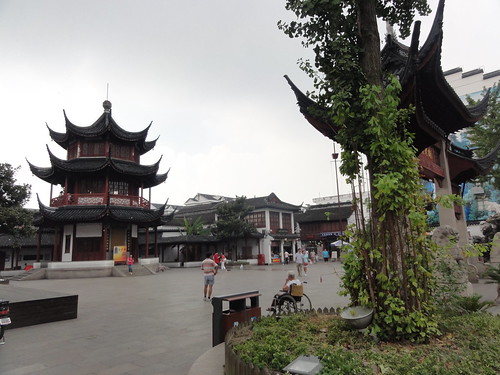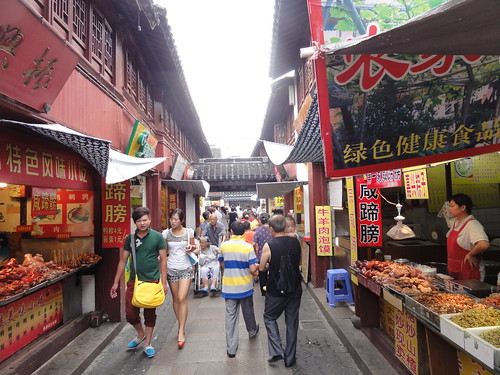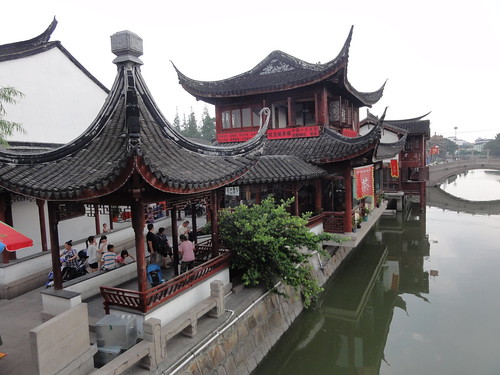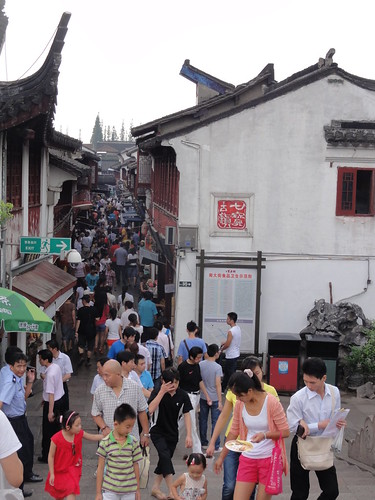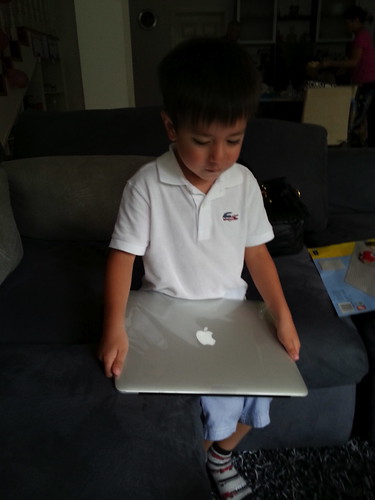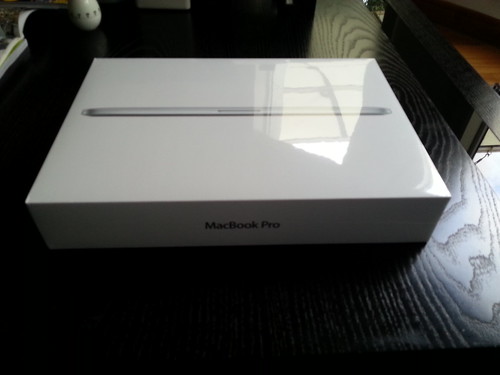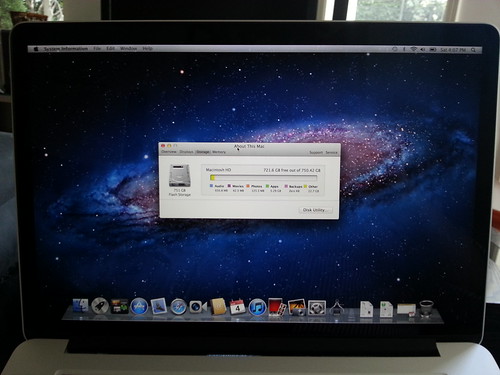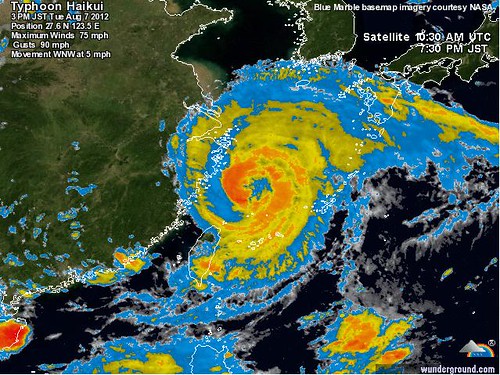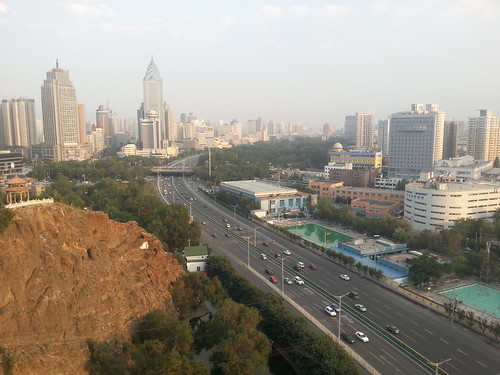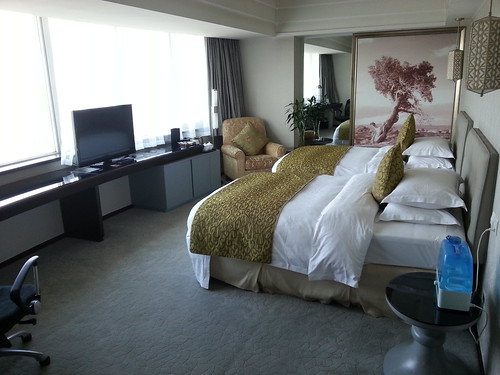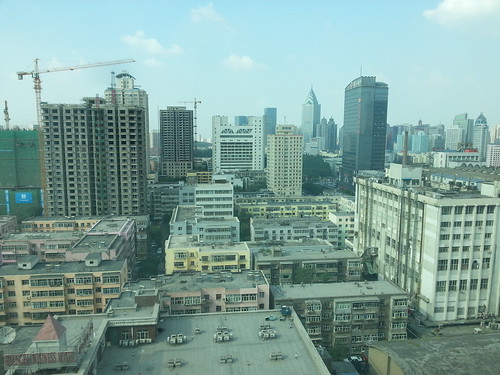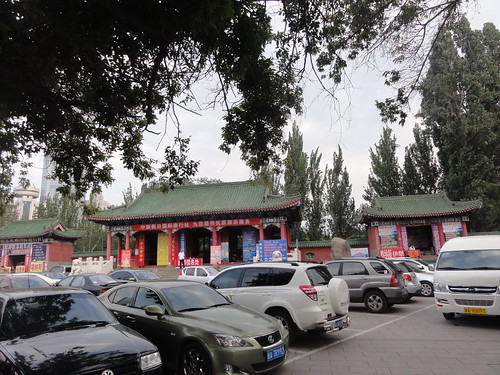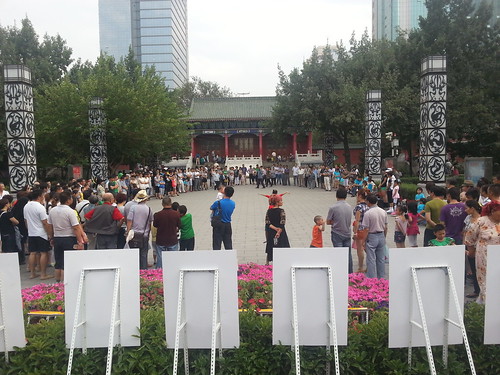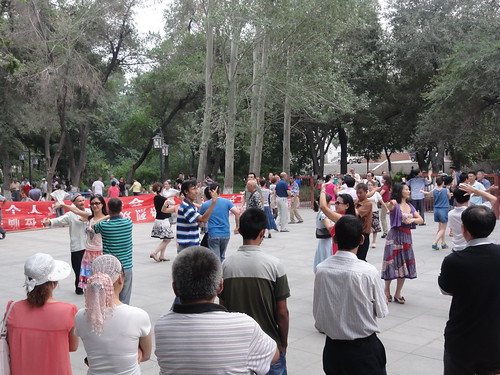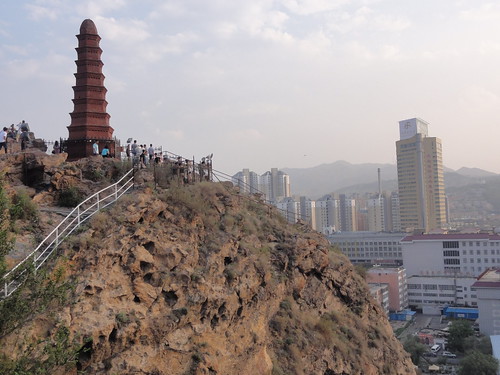
View over downtown Vancouver from Stanley Park
Last week I spent a few days in Vancouver with Grace, for business meetings with VCs and start-ups, and to look at some potential investments. Because we were only in town for 4 full days we had a busy schedule, but luckily we also managed to find some time for sightseeing.
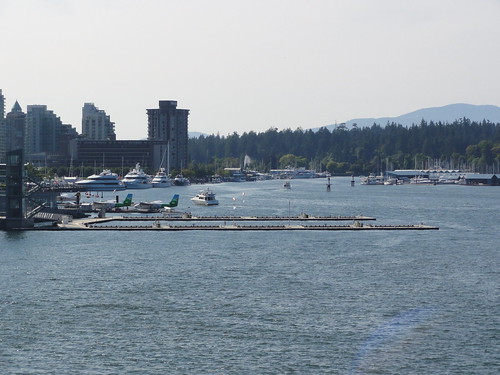
View over Coal Harbour and Stanley Park
We stayed at the Delta Suites, a nice all-suite hotel in downtown Vancouver. Originally we had planned to book a room at the Wedgewood Hotel, but because they did not have free wifi in the rooms I decided not to stay there (as regular readers may know, if I can avoid staying in a hotel where I need to pay for Internet I will do so. For me Internet is the same as water or electricity, and you also don’t pay for that). Delta Suites turned out to be a great choice, with big suites and in a very central location.

View from terrace of the Delta Suites hotel
I booked the best room I could find online, so we ended up in a suite on the top floor with access to the executive club. This may seem like a small thing, but if you have a huge jet lag (there is a 15 hour time difference between China and Vancouver) it’s great to be able to get some food or coffee at any time of the day. The club also had a balcony overlooking the city where we normally had our breakfast. Nice and quiet, much better than in a crowded breakfast room.
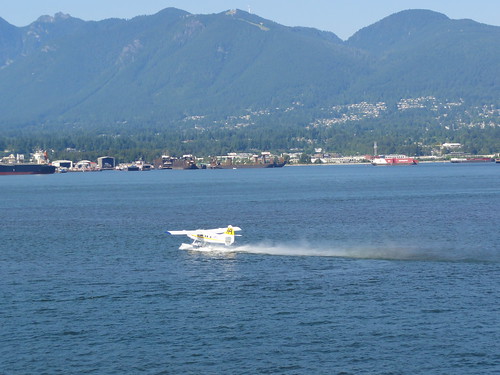
Sea plane departing in Vancouver harbour
Upon arrival we walked over to Canada Place to look at the boats on the harbour and the sea planes taking off. Then we went to buy a local SIM card, but that turned out to be quite hard. Canada is a great country, but it’s not necessarily service oriented. Several shops refused to help us and it took me a while to figure out why (they need to register the number, which takes times, and don’t want to do that for pre-paid numbers that are only used for a short time). Eventually I just changed my story and said that I needed a number for a couple of months and that I wanted to pay per month, and that was possible.

View from White Rock to Vancouver
But then the sales lady at the shop made a mistake and registered a normal SIM instead of a micro SIM (despite her checking my phone in advance to see which one I needed), which I could not use in my 2nd phone (a Galaxy S3). She said she could not change it and then bluntly refused to give me back my money, because “pre paid cards are non-refundable”. The fact that I asked her for a micro SIM instead of a normal one was unimportant to her. When we asked for the manager he immediately said that the computer system was down, so he could not change the SIM card, but of course that was BS. He just did not want to help. Eventually he agreed to cut the SIM card so it would fit and luckily that worked. But this was not a good first impression. All countries have its pros and cons I guess…
After an early dinner we went to bed before 11 PM already because jet lag started to kick in. I slept well and got up around 3:30 AM to catch up on emails. Because I had been interviewed by 2 Dutch publications (Elsevier magazine and the Financieele Dagblad) my email box was pretty full and I answered most of the people that I would get back to them in a week or so. During the trip I would get about 40 emails from companies that wanted to work with me after reading one or both interviews, a new record for me.
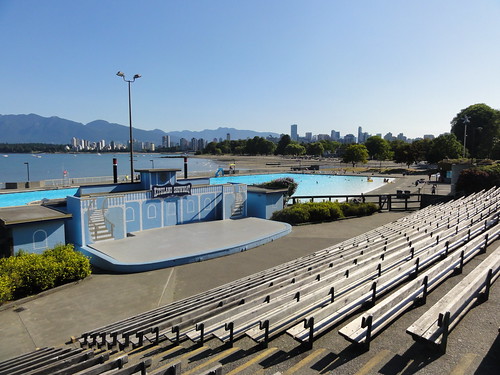
Kitsilano Beach with downtown Vancouver in the background
From Monday-Thursday we had a lot of meetings, and generally I have a good impression about business culture and start-ups in Canada. People for sure seem to enjoy life here a lot, very different from Shanghai. The first meeting of the day often did not start until 9:30 or 10 AM, and I don’t think we had any meetings after 4 PM.
Start-ups work hard here as well, but people do more than just work. In most business conversations things like sports or weekend activities came up, something you normally don’t touch upon in Shanghai. Also lawyers don’t work very hard here it seems, we had a bad experience with one of our lawyers who just unexpectedly turned off his phone for a few days. In China that would be impossible to imagine, but in Canada people accept it – or have to accept it.
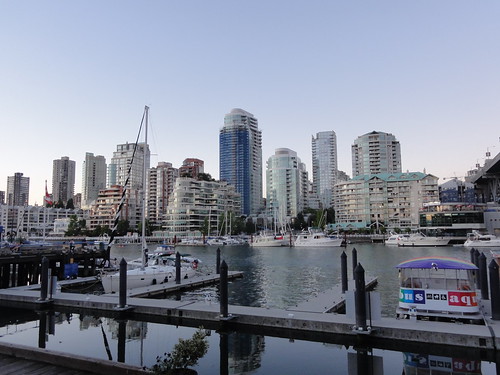
Granville Island, Vancouver
The British Columbia government gives quite some incentives to angel investors and start-ups. In a way it reminded me of what the Singapore government is doing. Because of that there seems to be a lot of angel investment activity, but not that many follow up VC rounds (yet?).
As a city Vancouver exceeded all my expectations. Its location is superb, in the middle of nature and with clean, fresh air. The city is surrounded by water and mountains, meaning that there are beautiful views almost everywhere. Because of the relatively mild climate it’s one of those places where you can ski in the morning and sail in the afternoon (there are 3 ski areas within 20 minutes of downtown Vancouver, and Whistler is just 120 km away).
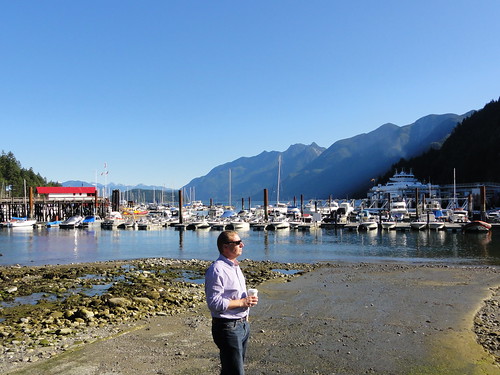
Horseshoe Bay, Vancouver
We were lucky with the weather, with blue skies and sunshine, and temperatures between 25-30 degrees Celsius during the whole trip. Great weather to go running, which is what I did of course. Among others I ran around Stanley Park, an island (actually now a peninsula) in Vancouver bay. This island has a seawall surrounding it, with a pathway on which you can run or bike. I went very early in the morning and saw the sun rise while running, it was beautiful.

Stanley Park, Vancouver
The Stanley Park run itself is one of the nicest city runs you can imagine: you run all around the island with the water on your right and forests and partly a massive rock formation on your left. Especially the west coast was impressive and I did not really feel tired despite the relatively long run (around the island is about 9 km, but I also ran along the harbour for a total of 14.5 km).

View to Stanley Park from the Royal Vancouver Yacht Club
We had a couple of nice dinners in Vancouver, where I mainly ate local seafood and tried out some of the British Columbia beers and wines. They do have quite good white wines, but they don’t come cheap. I also bought a couple of local bottles that I took home and that I will try here over the next days. At home wines always taste different than while on a trip.
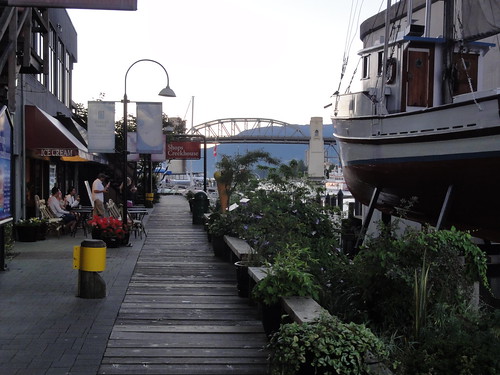
Restaurants on Granville Island
Looking back we should have stayed one or two days longer so we could have seen a bit more of the local sights. And if I had been smarter I should have booked my trip a week later, so I could have participated in the GROW conference as well (everybody was talking about it during the trip). But we had a great time anyway, I learned a lot and have seen a lot of things that I wanted to see. I hope to be back soon!
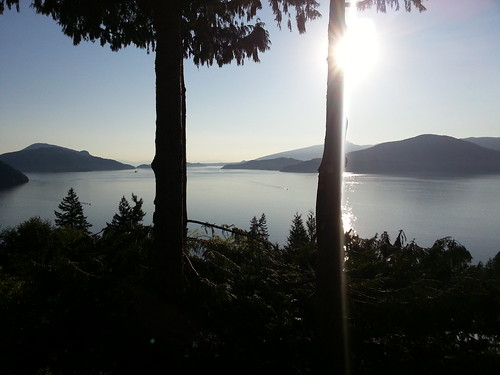 View from Lions Bay
View from Lions Bay
Some more pictures of the trip to Vancouver are here in a set on Flickr.
